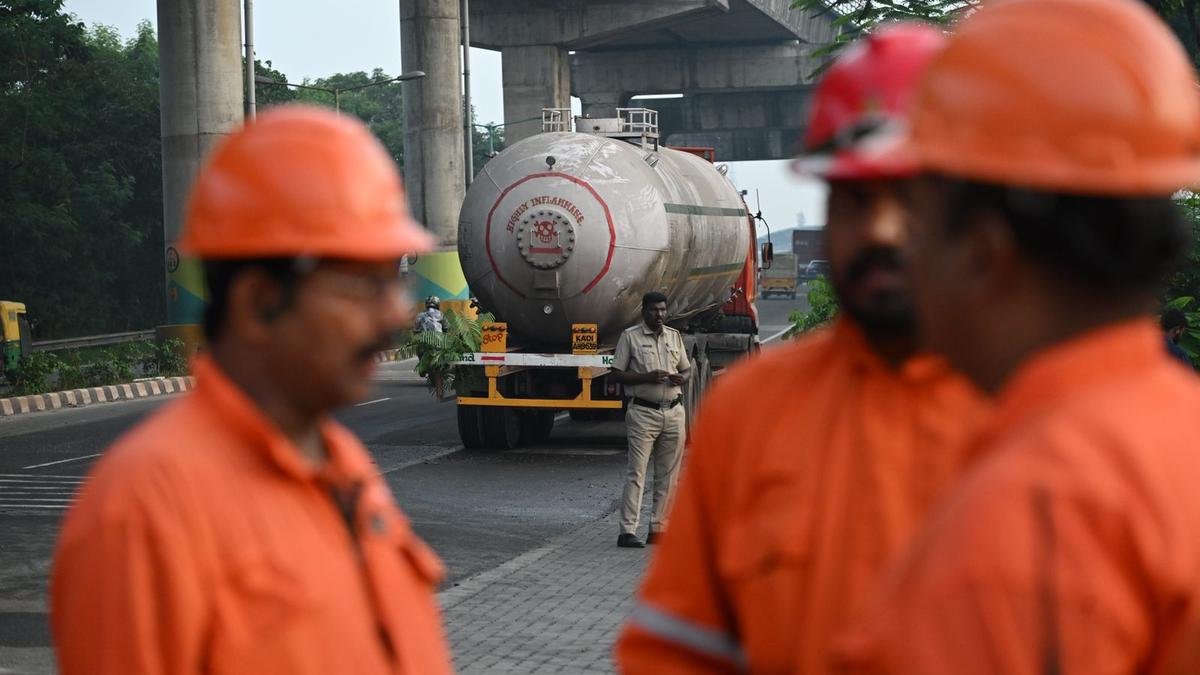“Blending Indian Hospitality with Swiss Precision,” says CEO on New Noida Airport.

New Delhi: The city is renowned for its exceptional hospitality that welcomes travelers from all over the world.
The National Capital Region will get its second major airport in April next year, with trial flights scheduled in the coming days at the Noida International Airport, also known as the Jewar airport. NDTV gained an exclusive behind-the-scenes look at the intense construction activity at the project site, along with details about its design, connectivity, and projected passenger numbers.
NDTV also spoke exclusively to Noida International Airport CEO Christoph Schnellmann, who said their aim is to provide a passenger experience that combines Indian warmth and hospitality with Swiss quality and efficiency.
Yamuna International Airport Private Limited, a subsidiary of Swiss firm Zurich Airport International AG, is developing the airport in association with Noida International Airport Limited, the implementing agency on behalf of the Uttar Pradesh government.
Located in Jewar, in Western UP’s Gautam Buddha Nagar district, the airport will see its first trial flights take off and land in a few days. This milestone marks a key moment in both the airport’s development and the growth of Indian aviation.
Mr Schnellmann said design has been a key focus for the company since the project began around five years ago.Reflecting a focus on a climate change-friendly approach, the airport will also use natural lighting and ventilation to reduce its environmental footprint and energy costs.
“We are incredibly excited about the experience we are going to be able to offer our passengers. We talk about combining Indian warmth and hospitality with Swiss quality and efficiency.
The airport will serve as a gateway to tourist destinations in North India, including the Taj Mahal, Hindu pilgrimages like the Chardham Yatra, Kumbh Mela, Mathura, and Vrindavan, as well as the Buddhist circuit of Sravasti, Kapilavastu, and Kushinagar.
Number-Crunching
Initially, one runway will be operational, and the terminal will feature 10 aerobridges and three bus gates. As the airport grows, two runways will become operational, and the apron area will expand from 28 aircraft spots to 200, accommodating increasing flight and passenger volumes. Additionally, the terminal’s pier will have the capacity to expand westward, allowing for further growth in passenger capacity as demand rises. The airport aims to be a key player in the region’s connectivity, boosting tourism and business opportunities in North India.














